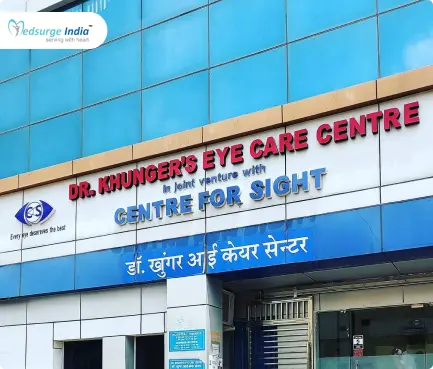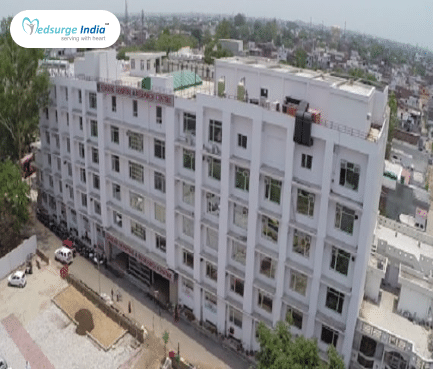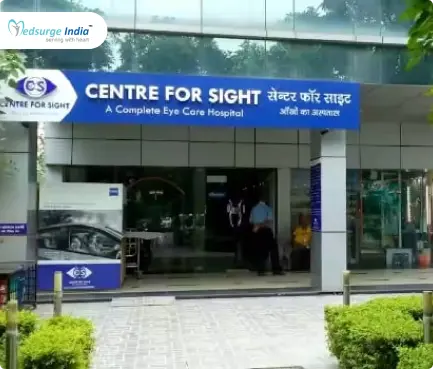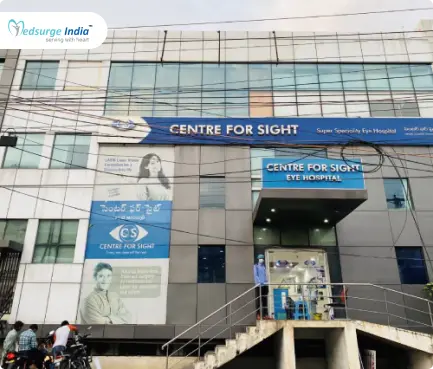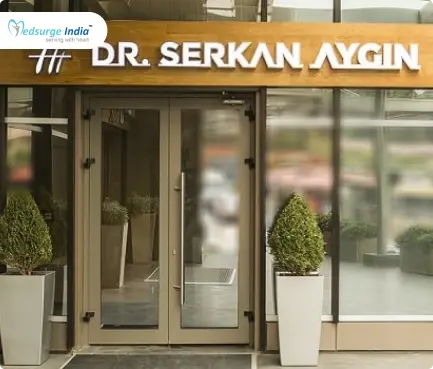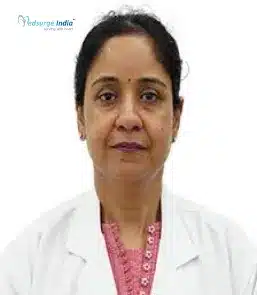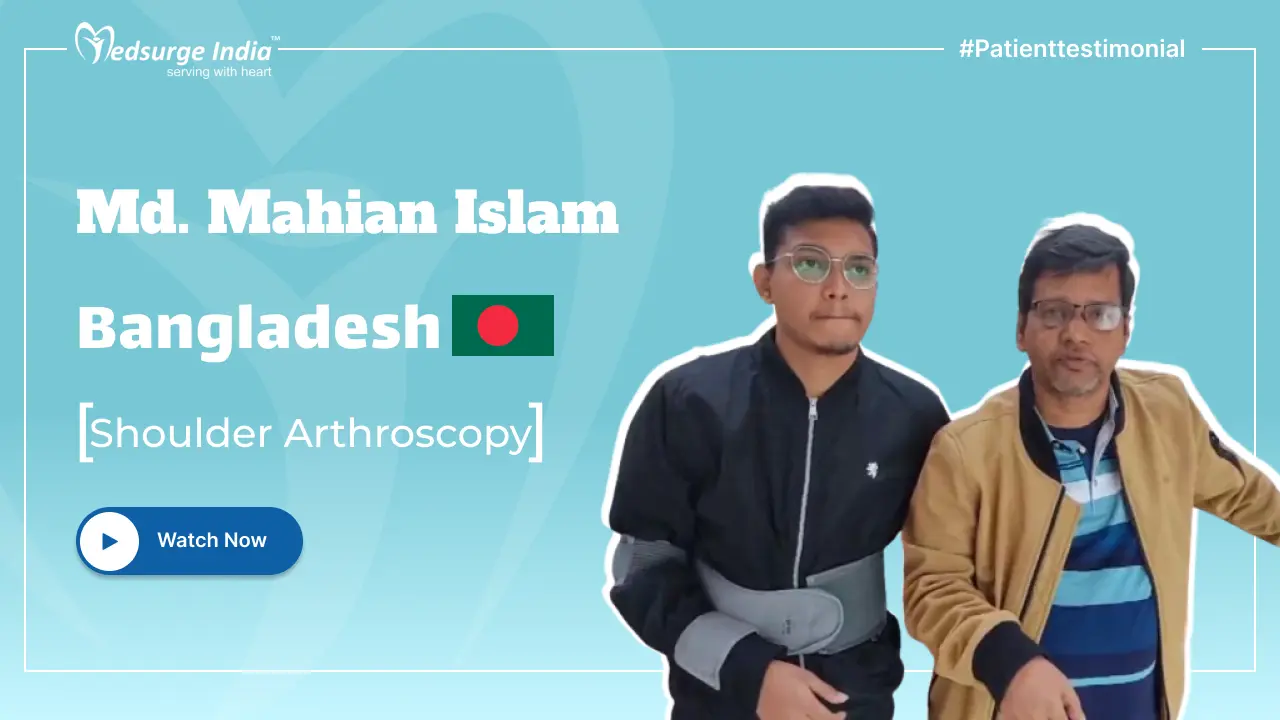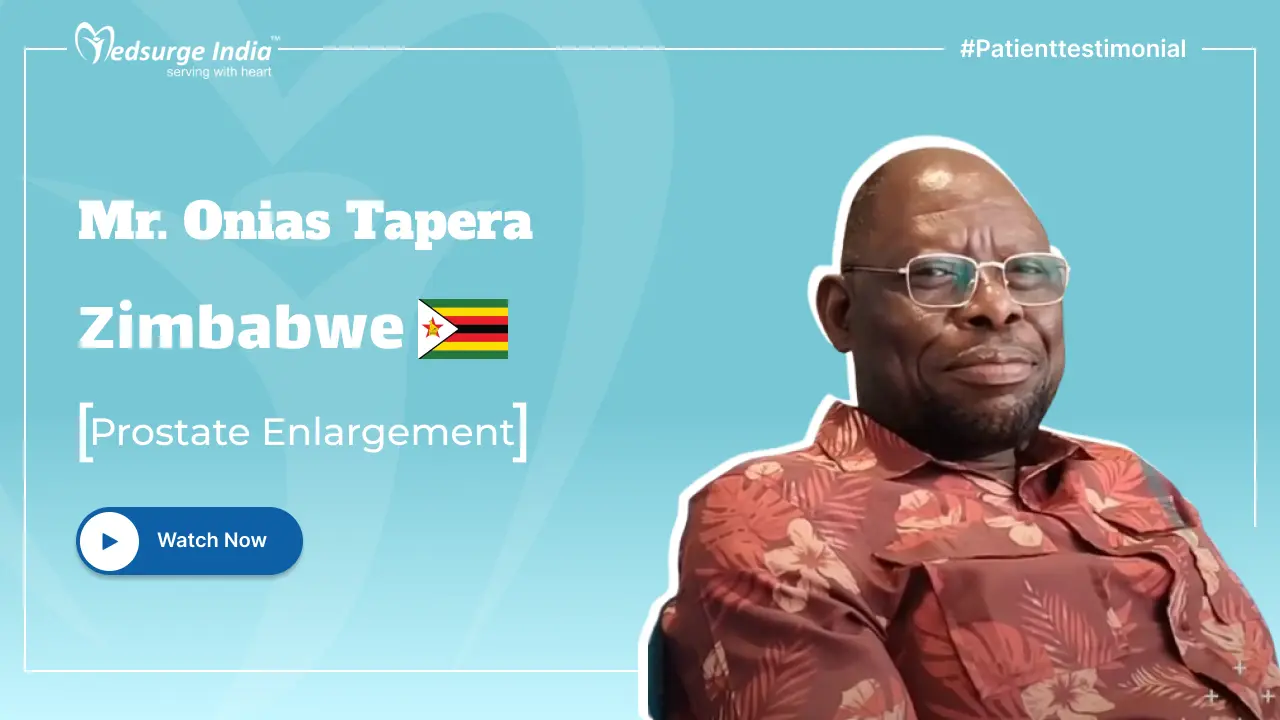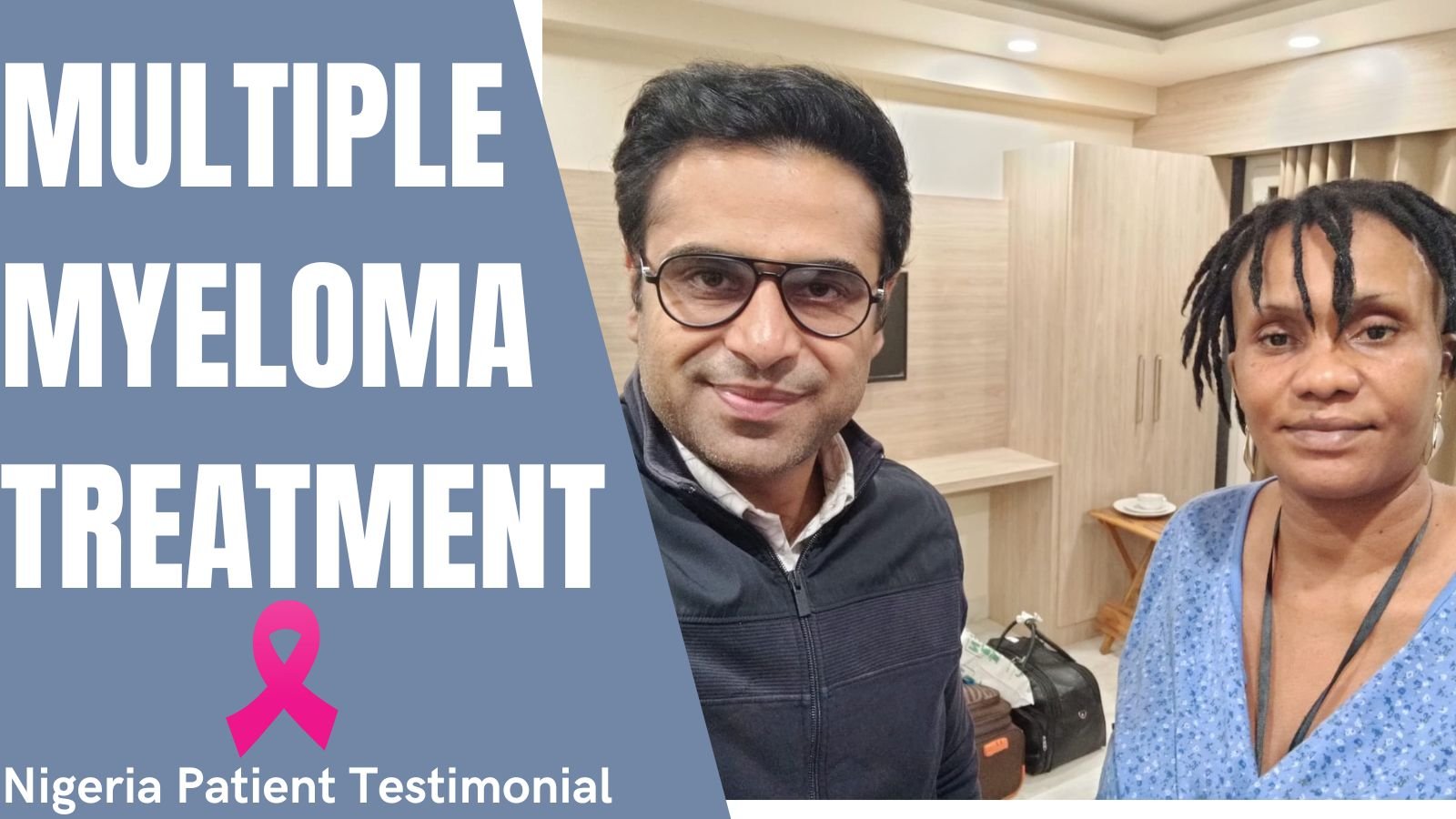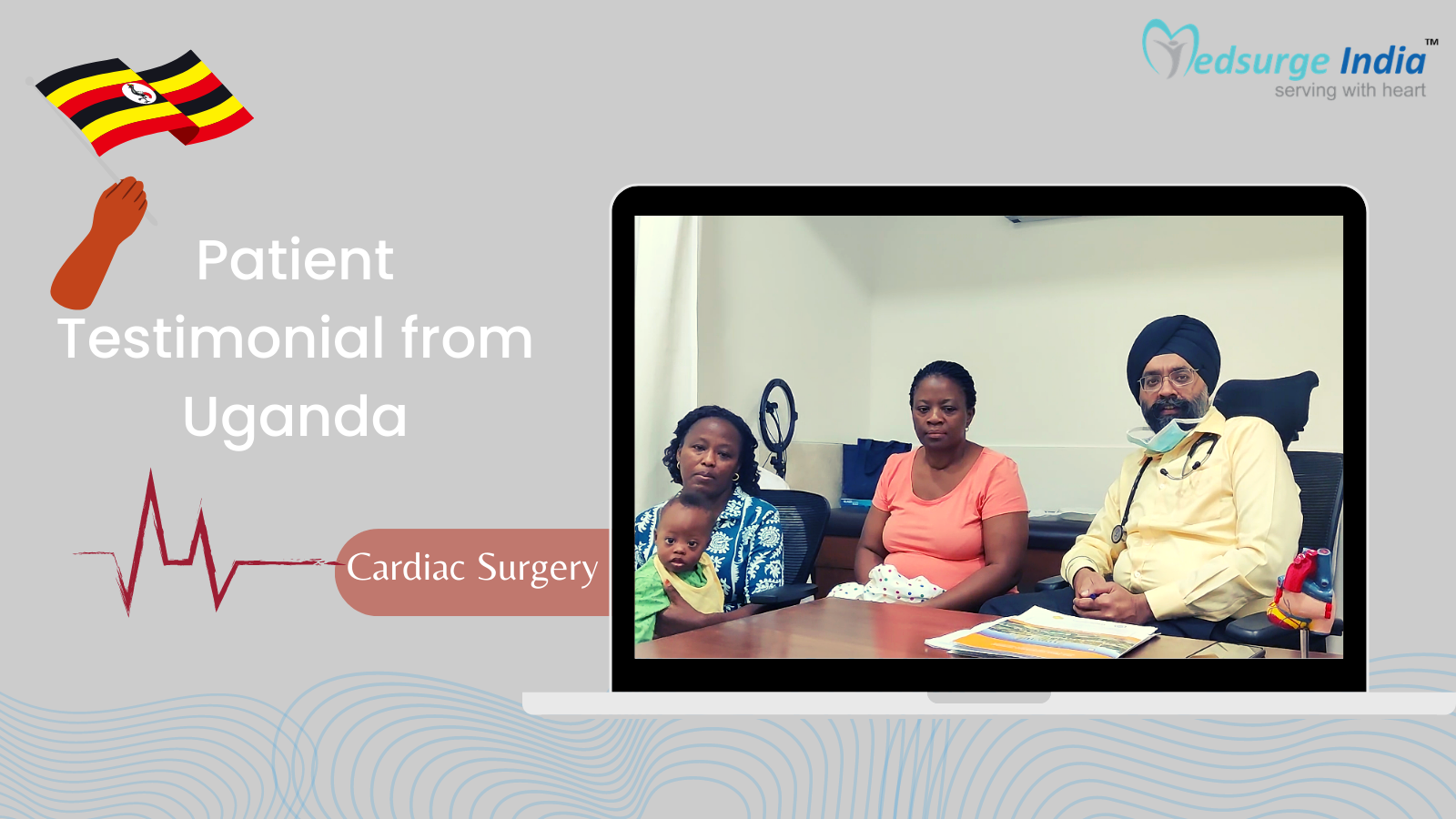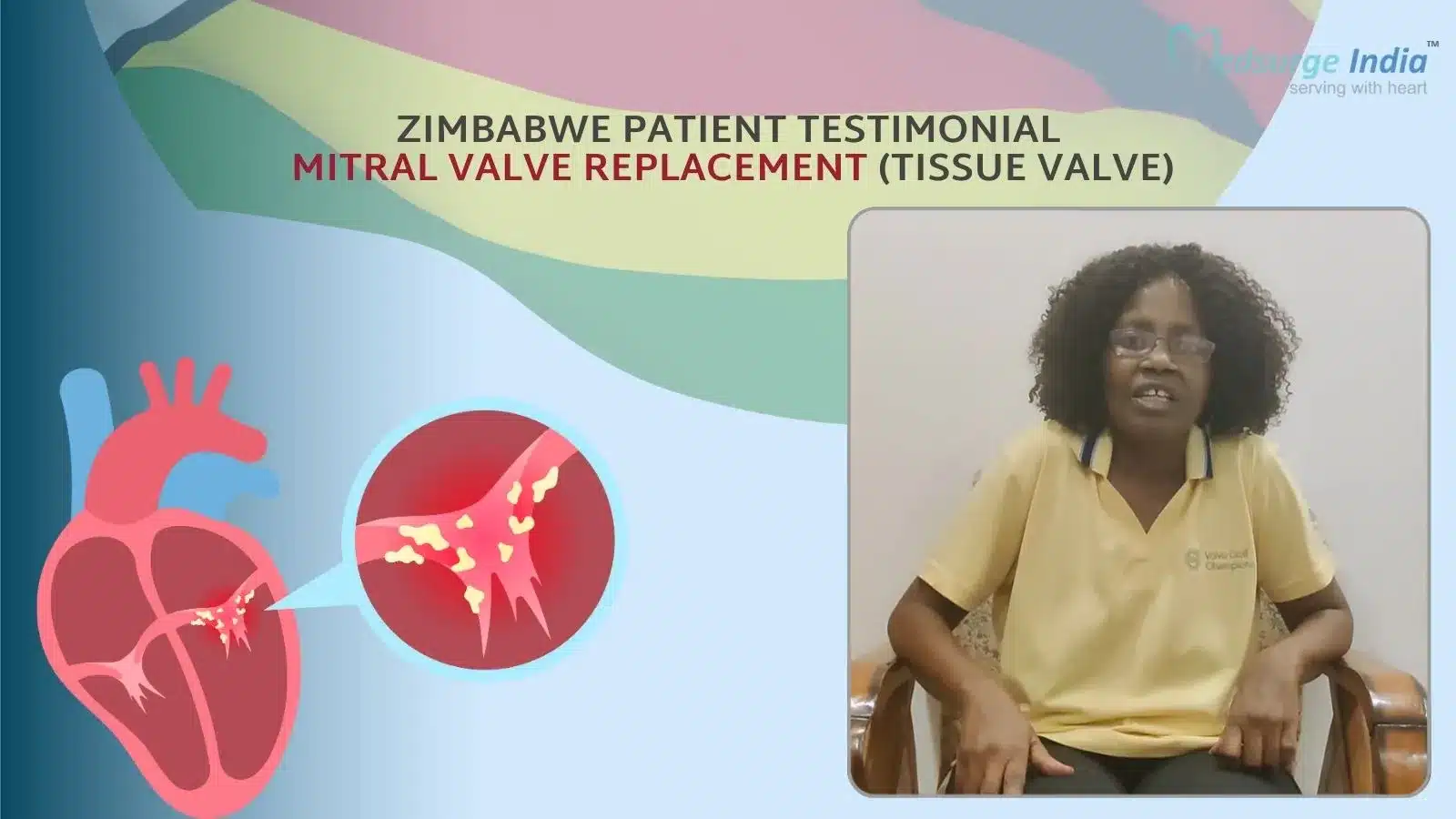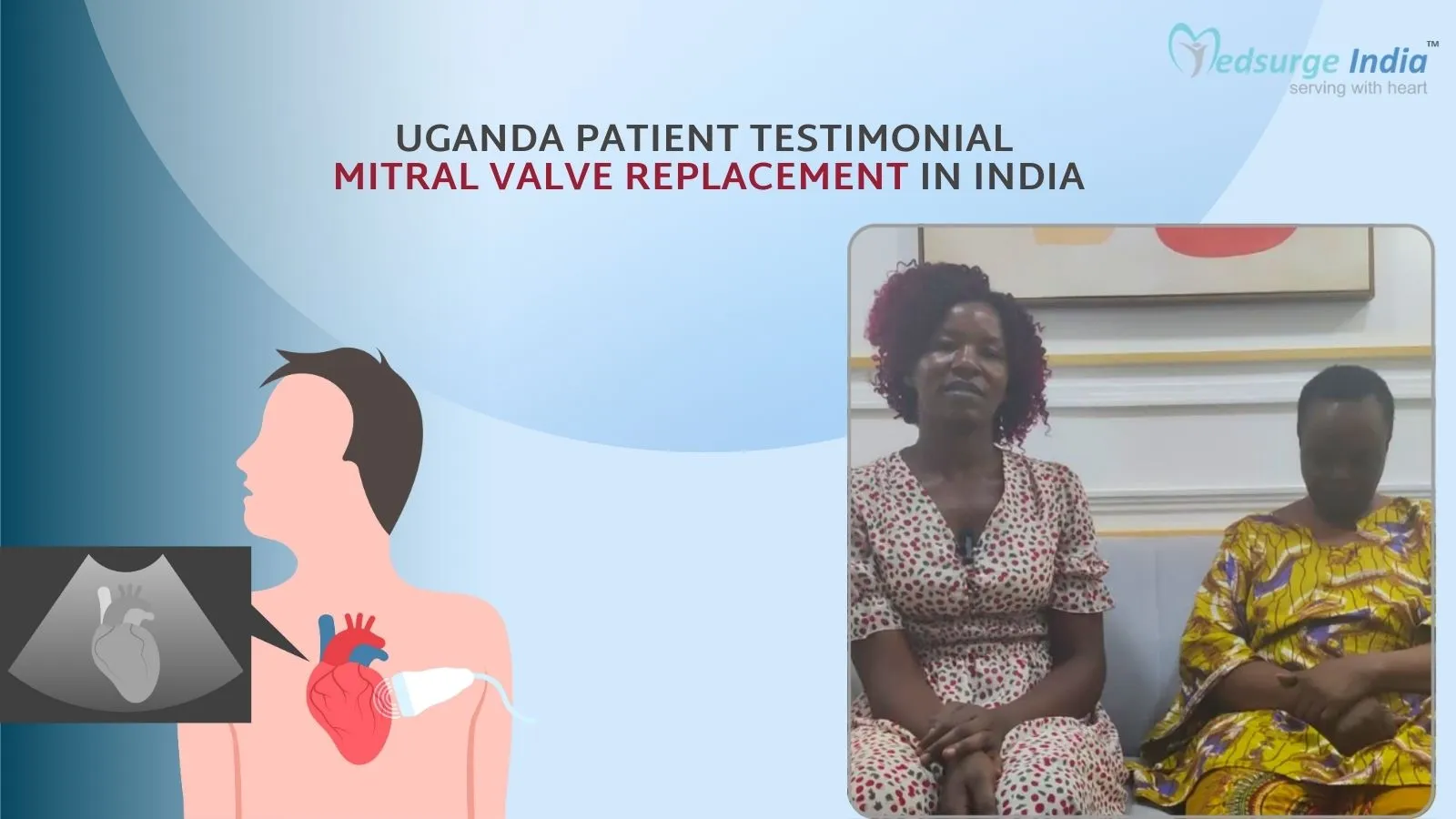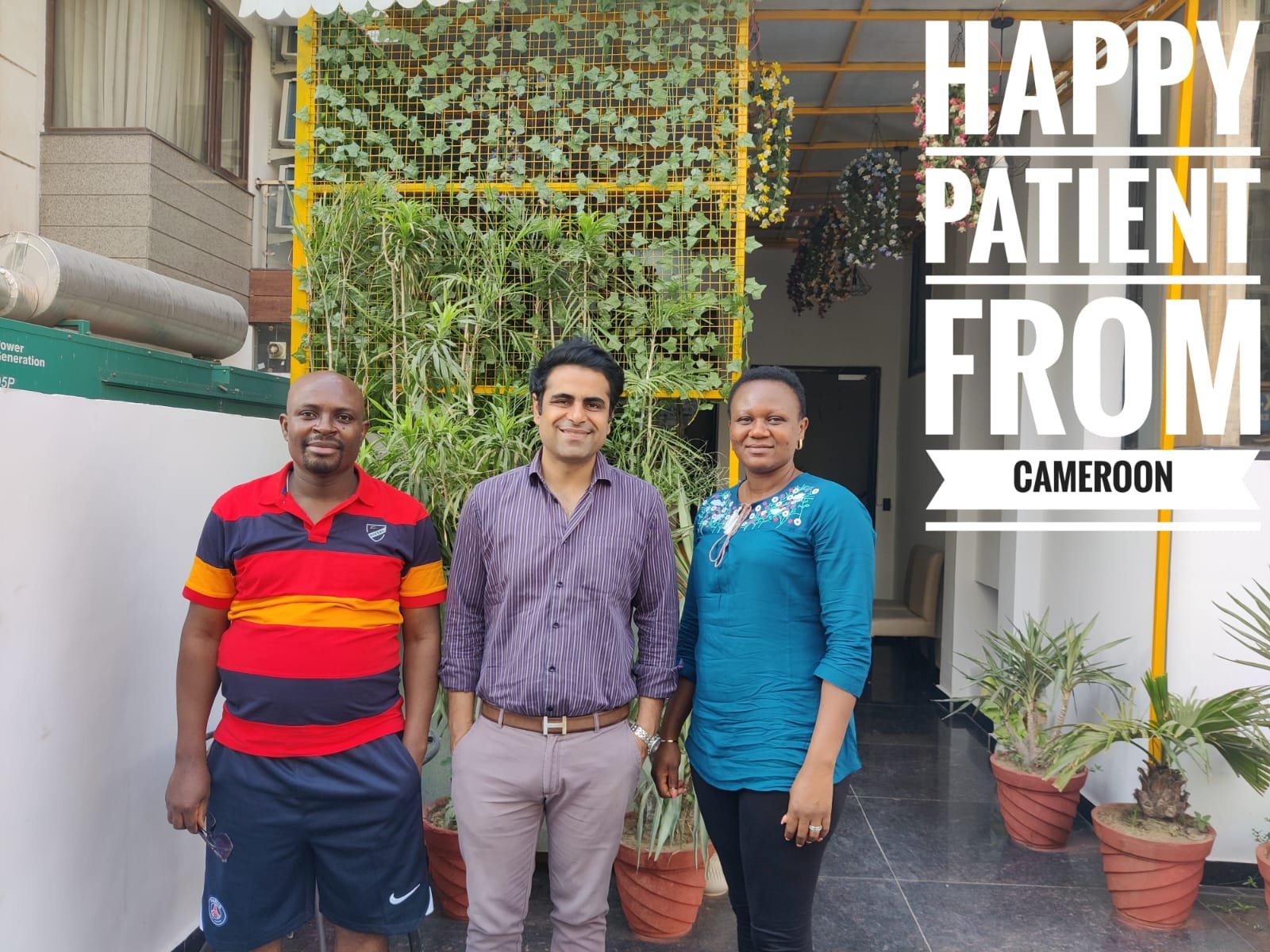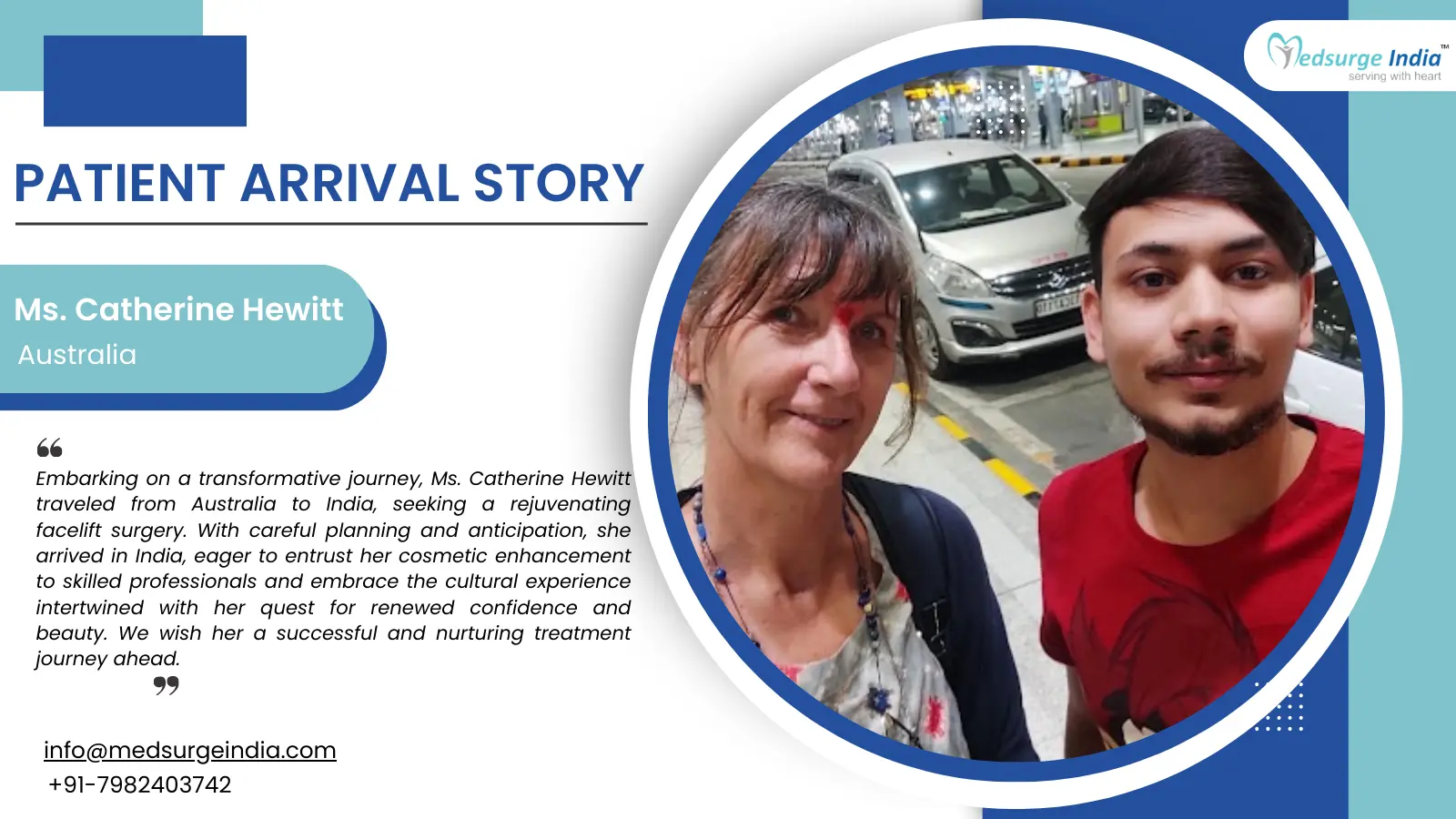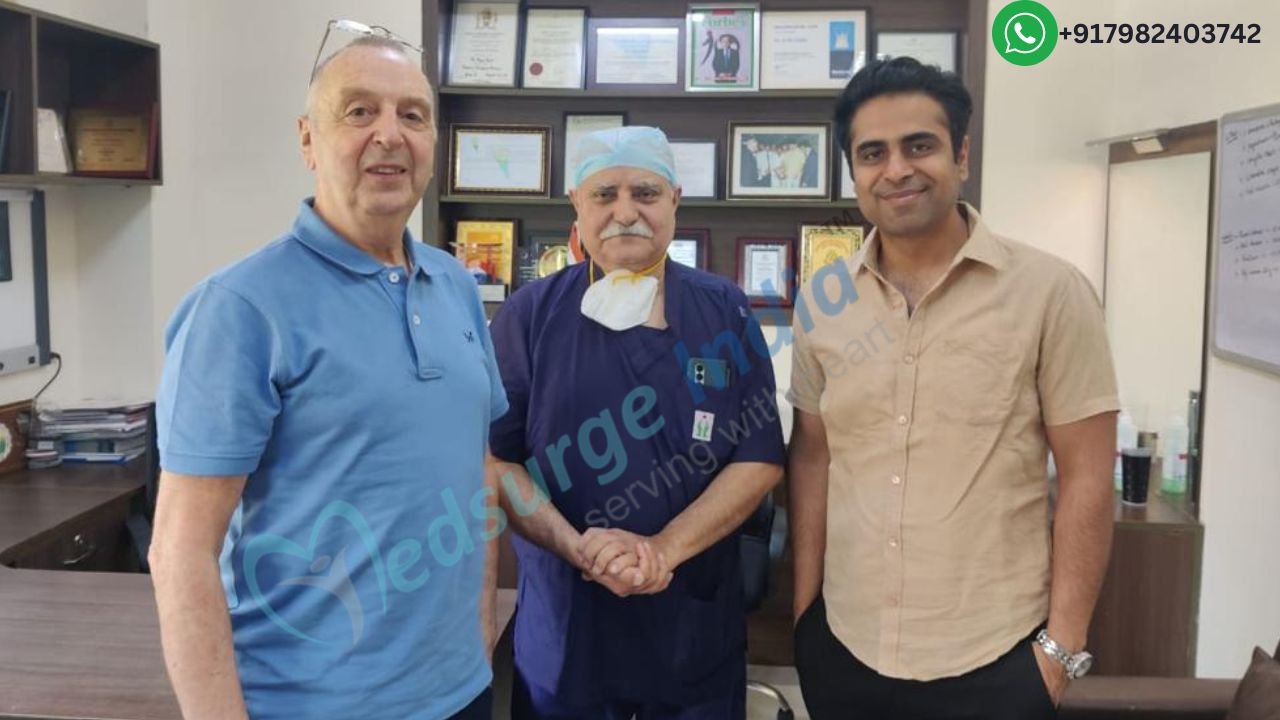
What is Gaucher Disease?
Gaucher disease is a genetic disorder. It’s a lysosomal storage disorder, and that is a condition in which fatty molecules accumulate in the bone marrow, liver, and spleen. Sphingolipids weaken bones and expand organs, inhibiting them from performing their functions properly. Gaucher disease has no cure, however, therapies can help to alleviate symptoms and improve quality of life.
Gaucher disease is divided into three categories. Symptoms in the organs and bones are identical in all of them. The brain is also affected by some instances of the disease. The following are the several kinds of Gaucher disease:
Gaucher Disease Type 1: Type 1 Gaucher disease is treatable, but not curable. Symptoms can be minor for some people. Others report significant bruising, exhaustion, and discomfort, particularly in the bones and abdomen. From childhood through adulthood, symptoms might emerge at any age.
Gaucher Disease Type 2: Type 2 is an uncommon variant of the disease that affects babies under the age of six months. It causes an enlargement of the spleen, as well as mobility issues and serious brain damage. Gaucher disease type 2 has no known treatment. This syndrome causes babies to die within two to three years of birth.
Gaucher Disease Type 3: Gaucher disease type 3 is the most common kind worldwide, however it is rare in the United States. It manifests itself before the age of ten, causing bone and organ malformations as well as neurological (brain) issues. Many persons with Gaucher disease type 3 can live into their 20s or 30s because of treatments.
What Are The Sign and Symptoms of Gaucher’s Disease?
Gaucher disease is divided into several categories, and the indications and symptoms of each varied significantly, even within the same type. The most prevalent form is Type 1.
Siblings with the condition, even identical twins, can have varying degrees of severity. Gaucher disease can have minor or no symptoms in some persons.
The following difficulties affect most people with Gaucher disease to varying levels:
- Abdominal Complaints
- Skeletal Abnormalities
- Osteoporosis
- Blood Disorders
- Enlarged liver and spleen
- Anemia and Fatigue
Gaucher disease affects the brain on a more rare basis, causing aberrant eye movements, muscle rigidity, swallowing problems, and convulsions. Gaucher disease has an uncommon variant that starts in childhood and usually kills the child by the age of two.
What Are The Causes of Gaucher’s Disease?
Gaucher disease is a metabolic condition that is passed down through the generations. Gaucher disease causes by a lack of an enzyme called glucocerebrosidase (GCase). Enzymes, such as GCase, are proteins that perform a variety of functions in the body, including breaking down fats (sphingolipids).
When the body lacks these enzymes, fatty compounds (known as Gaucher cells) accumulate in the organs, bone marrow, and brain. Excess fats can result in a variety of issues and symptoms. They have an impact on organ function, as well as destroying blood cells and weakening bones.
Gaucher Disease Treatment Cost In India
On average Gaucher Disease Treatment Cost in India starts from USD 2,500. The range of the treatment will vary according to th location or the type of hospital you choose. Even so after accounding to all, Gaucher Disease Treatment Cost in India is much lesser than other countries.
Gaucher Disease Treatment Cost in Different Parts of India
| Cities | Starting Price |
| Delhi | USD 2,500 |
| Gurgaon | USD 2,500 |
| Noida | USD 2,500 |
| Mumbai | USD 2,600 |
| Hyderabad | USD 2,500 |
| Chennai | USD 2,500 |
| Kolkata | USD 2,500 |
| Bangalore | USD 2,600 |
Please keep in mind that prices of Gaucher Disease Treatment Cost in India will vary depending on the various factors.
Factors That Can Affect Gaucher Disease Treatment Cost in India
The following here are some variables that can affect Gaucher Disease Treatment Cost in India:
- Medication costs.
- Duration of treatment.
- Geographical location.
- Hospitalization expenses.
- Government policies and subsidies.
- Medical tourism packages.
- Hospital reputation and infrastructure.
- The expertise and experience of medical professionals.
- The type and frequency of diagnostic procedures.
- The choice of treatment modality.
Even after eliminating the cost of hotel, meals, and transportation, the caliber and grade of medical care and amenities are on par with that of the world’s most renowned healthcare centers. Patients can receive the lowest Gaucher Disease Treatment Cost in India from Medsurge India.
How Diagnosis of Gaucher Disease is done?
Your doctor will press on your or your child’s abdomen during a physical exam to examine the size of the spleen and liver. The doctor will compare your child’s height and weight to standardized growth charts to see if he or she has Gaucher disease.
Gaucher disease diagnosis will be done by conducting the following tests of blood, imaging scans and genetic counseling:
- Labs Tests: The enzyme associated with Gaucher disease can be measured in blood samples. You can find out if you have the condition through genetic testing.
- Imaging Tests: Dual Energy X-Ray Absorptiometry (DXA) and MRI
A DNA test involving your saliva or blood is used to detect if you are a carrier for Gaucher disease. Gaucher disease carriers have no symptoms, but their children can catch the disease. If you are a carrier who wants to start a family, your doctor will recommend you to a genetic counselor so you can make an informed decision.
Get Free Cost Estimation
Procedure
How Gaucher’s Disease is Treated?
While Gaucher disease has no cure, there are a number of treatments that can help manage symptoms, avoid irreversible damage, and enhance the quality of life. Some people’s symptoms are so minor that they don’t require therapy.
Your doctor will most likely advise that you must be monitored on a regular basis to keep an eye on disease development and risks. The frequency with which you need to be watched will be determined by your circumstances.
Gaucher disease type 1 is curable with regular therapy. Treatments for Gaucher disease can raise enzyme levels or reduce the fatty substance that builds up in the body. The neurological impairment caused by Gaucher disease types 2 and 3 has no therapy. The following are some of the treatments for Gaucher disease type 1:
Enzyme Replacement Therapy:
Artificial enzymes are used to replace the deficient enzyme in this method. These replacement enzymes are often administered in high doses at two-week intervals in an outpatient procedure into a vein (intravenously). Enzyme replacement therapy can cause allergic or hypersensitive reactions in certain persons.
Miglustat (Zavesca):
The generation of fatty compounds that build up in persons with Gaucher disease appears to be inhibited by this oral medicine. Diarrhea and weight loss are also common side effects of this medication.
Eliglustat (Cerdelga):
This medicine also appears to stop the synthesis of fatty compounds that build up in persons with Gaucher disease’s most common kind. Fatigue, headache, nausea, and diarrhoea are all possible adverse effects.
Osteoporosis Drugs:
These medications can assist to restore bone that has been compromised by Gaucher disease.
Surgical Procedures:
If you have significant symptoms and are not a candidate for less intrusive therapies, your doctor may recommend: – Spleen removal and bone marrow transplant
Suggestion
Sharing information with family members is essential, as it is with any genetic condition. If a family member has been diagnosed with Gaucher disease, other family members may want to be tested to see if they are carriers for the gene mutation. Carrier testing is easy and can be done on a blood or saliva sample. Your doctor can advise you on whether carrier testing is necessary and may recommend you to a genetic counselor for more information.
The Most Important Frequently Asked Questions
Q: What Kind of Medical Assistance Is Needed for Gaucher Disease?
A: For severe anemia and bleeding, blood transfusions are required. Prescription medications for osteoporosis and bone discomfort. Joint replacement surgery is an orthopaedic procedure used to treat painful, damaged joints.
Q: Why Is Gaucher Disease Fatal?
A: Type 2 Gaucher disease is a rare variant of the disease. It causes significant neurological difficulties as well as affecting the organs involved in type 1 disease. Gaucher disease type 2 is usually deadly within the first two years of life due to the serious brain damage.
Q: Is Gaucher Disease an Autoimmune Disease?
A: People with type 1 Gaucher disease (GD) had greater levels of blood autoantibodies, according to a multicenter study, yet these patients have no clinical symptoms of autoimmune disorders.
Q: Is Gaucher Disease Contagious?
A: It is a recessive autosomal disorder. This means that in order for a child to get the condition, both the mother and father must pass one aberrant copy of the disease gene to the child. A silent carrier is a parent who carries an aberrant copy of the gene but does not have the disease.
Q: What Is the Limitation of Enzyme Replacement Therapy?
A: This technique, like all medical therapies, has some drawbacks. Not all patients are candidates for treatment, some organs and tissues heal more quickly than others, and determining efficacy in this highly diverse disease is difficult.
Top Hospitals for Gaucher Disease Treatment in India
Top Doctors for Gastroenterology
Dr. J. C. Vij
Director , MBBS, MD, DM
Experience: 48 years of experience
BLK Super Speciality Hospital, New Delhi
New Delhi, India
Dr. Apurba K Pal
Consultant
Experience: 44 years of experience
Ruby General Hospital, Kolkata
Kolkata, India
Dr. ShivaKumar V
Senior Consultant
Experience: 10+ years of experience
Sahyadri Narayana Multispeciality Hospital, Harakere, Shimoga
Shimoga, India
Dr. Anumeet Singh Grover
Chief
Experience: 6 years of experience
IVY Hospital, Amritsar
Amritsar, India
Dr. SK Sharma
Consultant
Experience: 7 years of experience
BLK Super Speciality Hospital, New Delhi
New Delhi, India
Dr. Geeta Billa
Consultant
Experience: 28 years of experience
Dr. L H Hiranandani Hospital, Mumbai
Mumbai, India
Dr. Kavitha Sampathkumar
Consultant
Experience: 6 years of experience
Kauvery Hospital Formely Fortis Hospital, Vadapalani
Chennai, India
Dr. Ramkumar K
Consultant
Experience: 20 years of experience
Apollo Spectra Hospital, Chennai
Chennai, India
Dr. KNK Shetty
Consultant
Experience: 44 years of experience
Manipal Hospital (Old Airport Road) Bangalore
Bangalore, India
Dr. Vijay Kumar H J
Associate Consultant
Experience: 9 years of experience
Apollo Hospital Bangalore Bannerghatta Road
Bangalore, India
Dr. Sushil Jain
Consultant
Experience: 35 years of experience
Metro Mas Hospital, Jaipur
Jaipur, India
Dr. Ashwath TG
Consultant
Experience: 9 years of experience
Sparsh Hospital (Yeshwanthpur) Bangalore
Bangalore, India


